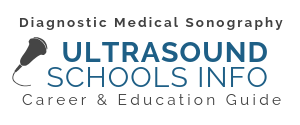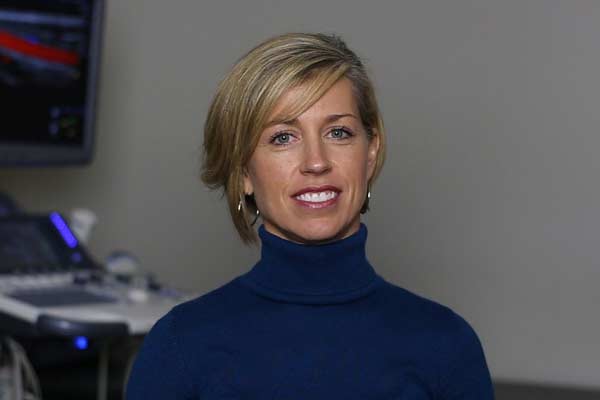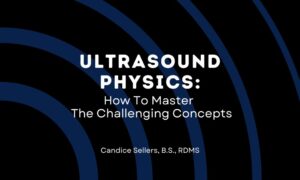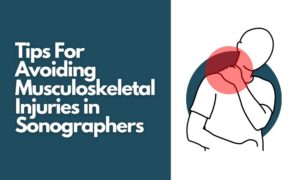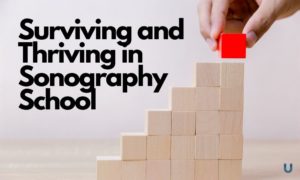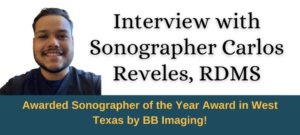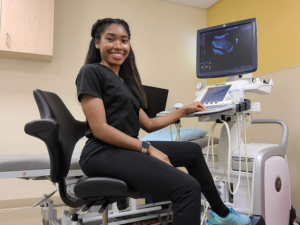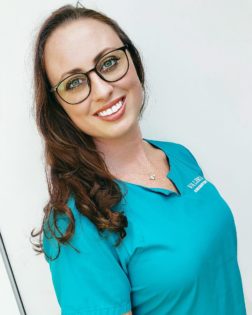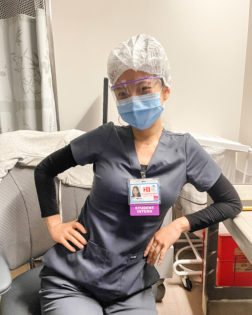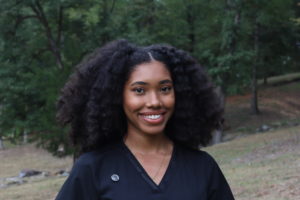The Diagnostic Medical Sonography (DMS) program at South Hills School of Business & Technology (SHS) started in the mid-90s with about five students. Now the program currently boasts approximately 100 students, and has about 500 successful alumni working across the country. We caught up with Turner by e-mail to learn more about her career and the Diagnostic Sonography program at South Hills.
TT: Many different things…I was looking for an educational opportunity that would utilize my bachelor’s degree from Pennsylvania State University as well as offer a life-long career. I love working with and taking care of people and as a Sonographer you work closely with patients on a daily basis.
At the time of educational/career exploration, a good friend of mine worked (and still does) at SHS. She introduced me to the program and program director. The school itself, was (and still is) wonderful! They truly cared/care about the students, wanting what’s best for each one. It was a perfect fit all around.
TT: Yes, the DMS programs at SHS are all CAAHEP accredited. We offer 3 different pathways to enter the DMS program at SHS. A 3-year program is available for those students entering with little to no post-secondary education. They will receive an Associate’s Degree in Specialized Technology upon graduation. We also have 2 diploma programs available. One is a 2-year program offered to those individuals with a bachelor degree. A 15-month diploma program is available for students with an imaging background or imaging degree, such as nuclear medicine or X-ray. Each program offers the choice between general, cardiac or vascular.
TT: The student needs to determine what area of the body is of most interest to them. Don’t look at the job market – it fluctuates, as do salary ranges and job responsibilities.
Each student should research, job shadow/observe and speak with professionals or other sonography students – learn how they determined their specialty area. But honestly, from most educator perspectives, you can’t make a bad decision. The bottom line is that the foundation of all the specialties is sonography. They are all interesting, ever-changing and challenging.
TT: Our program is a front-loaded program. The sonography training – such as, machine manipulation, image optimization and anatomy recognition – occurs before a student steps into a clinical site. Our school has invested time and money for the resources our students need to succeed. SHS has several pieces of current ultrasound equipment with five professional Sonographers as faculty members. Our students acquire hours of hands-on experience prior to being placed on internship. They are comfortable with protocols and scanning normal anatomy so when they attend their clinical, from the very first day, they appreciate and recognize what the sonographers are scanning. We also offer internships at numerous sites that provide high quality sonography experience.
“[Sonography] combines three major areas of interest; medicine, technology and creativity.”
TT: You will find our graduates in departments across the country including, Hershey Medical Center in Hershey, PA, Johns Hopkins Hospital in Baltimore, MD, University of Pittsburgh Medical Center in Pittsburgh, PA, as well as Quincy Valley Medical Center in Quincy, WA, University Medical Center in Lebanon, TN, and Yale in New Haven, Connecticut, to name a few.
TT: The fact that it combines three major areas of interest (a trifecta of interests); medicine, technology and creativity. Sonographers play an integral role in the care of their patients by utilizing technology to create images assisting physicians in the diagnostic process. And beyond that, sonography presents challenges and changes every day. You never get bored!
TT: My feelings about being program director are exactly how I feel about the sonography profession. It is challenging, ever-changing but very rewarding and a privilege to be a part of.
TT: A great Sonographer encompasses many different qualities, just as the profession encompasses many different interests. Compassion for the care of our patients, dedication to the continual advancement of technology, and critical thinking to apply multiple facets of information to any given patient.
TT: Thank you for the opportunity to share my passion and my faculty’s passion for the sonography profession…and our gratitude to be a part of the future of the profession.
